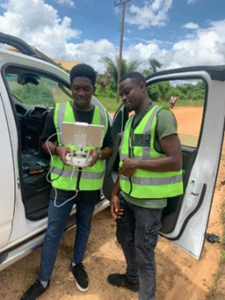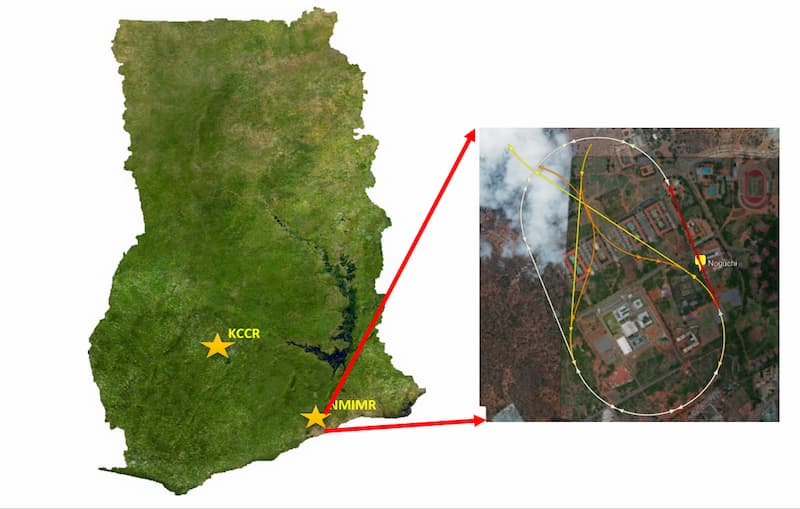
Why Drone Mapping is Key for Cargo Drone Delivery
To ensure the safest delivery flight plans, the ground control team must have an immersive sense of where to deliver the packages and avoid obstacles.
September 4th, 2020
 Most delivery drones operate well beyond the visual line of sight (BVLOS). Satellites can provide imagery and terrain information of delivery points. But this data is not always reliable. This is due to the spatial and temporal resolutions of satellite imagery. That is to say, if a new cell tower is built, satellite images may not be up-to-date. To ensure the best and safest delivery flight plans, the ground control team that oversees the cargo drone flights must have a 3D immersive sense of where to deliver the packages and avoid obstacles. This is especially true for fixed-wing cargo drones as these operate differently from obstacle-avoiding multi-rotors.
Most delivery drones operate well beyond the visual line of sight (BVLOS). Satellites can provide imagery and terrain information of delivery points. But this data is not always reliable. This is due to the spatial and temporal resolutions of satellite imagery. That is to say, if a new cell tower is built, satellite images may not be up-to-date. To ensure the best and safest delivery flight plans, the ground control team that oversees the cargo drone flights must have a 3D immersive sense of where to deliver the packages and avoid obstacles. This is especially true for fixed-wing cargo drones as these operate differently from obstacle-avoiding multi-rotors.
Ghana Flying Labs, coordinated by SKT Aeroshutter, has undertaken several aerial mapping projects. Notable among them is mapping over 400 health facilities in the rural and suburbs of the Eastern Region of Ghana. This project was conducted on behalf of the cargo drone company Zipline. Ghana Flying Labs is a formidable team with expertise in photogrammetry, remote sensing, geographic information systems (GIS), and robotics. In this particular mapping project for Zipline, we deployed DJI Phantom 4 RTK drones. A single health facility took approximately three flights to survey in full.

Recently, Ghana Flying Labs mapped out 2 Medical Research Facilities for Zipline as a response to COVID-19. The Kumasi Centre for Collaborative Research (KCCR) and Noguchi Memorial Institute for Medical Research (NMIMR) were the only two centers fully equipped to undertake mass testing for the COVID-19. This meant that all samples collected for testing around the country had to be moved to these Research Centers.

The team behind Ghana Flying Labs (SKT Aeroshutter) is the only drone company licensed to operate commercially in Ghana. It also holds a Ghana Civil Aviation Authority’s approved operations manual for BVLOS operations. Amongst this is the rich experience in aerial mapping with drones coming from a local team of experts. This explains why Ghana Flying Labs continues to be so well suited for mapping health facilities for Zipline and others.
Category(s)
Recent Articles
View All »

Wildfire Assessment and Web Application in Sao Paulo
